7 Golden Principles of Interior Design
Interior Design is not just about making a space look pretty—it’s about creating a place where people feel comfortable, happy, and inspired. Every well-designed room to certain basic principles that harmoniously blend beauty and function. Whether it’s your home, office, or any other space, the right approach to Interior Design can completely change the way you experience that environment.
At J Design Studio, these golden principles of interior design serve as a guide to strike a balance between creativity and practicality. They help ensure that every element, from furniture to lighting, fits perfectly in the space. By understanding these principles, you can create interiors that are not only stylish but also welcoming and long-lasting.
Golden principles of Interior Design
Let’s look at the seven important principles of Interior Design:
1. Right Balance
The first point to remember is to be balanced. All are still and at rest, which is called balance, just as nothing is too heavy or too light, either to the right or the left. That feels room interior is balanced, it gives a sense of comfort. This balance can be made by arranging furniture in a way that spreads visual weight equally, whether by mirroring items on both sides or by mixing different objects that still feel equal to the eye. When balance is achieved, the room feels natural and pleasant.
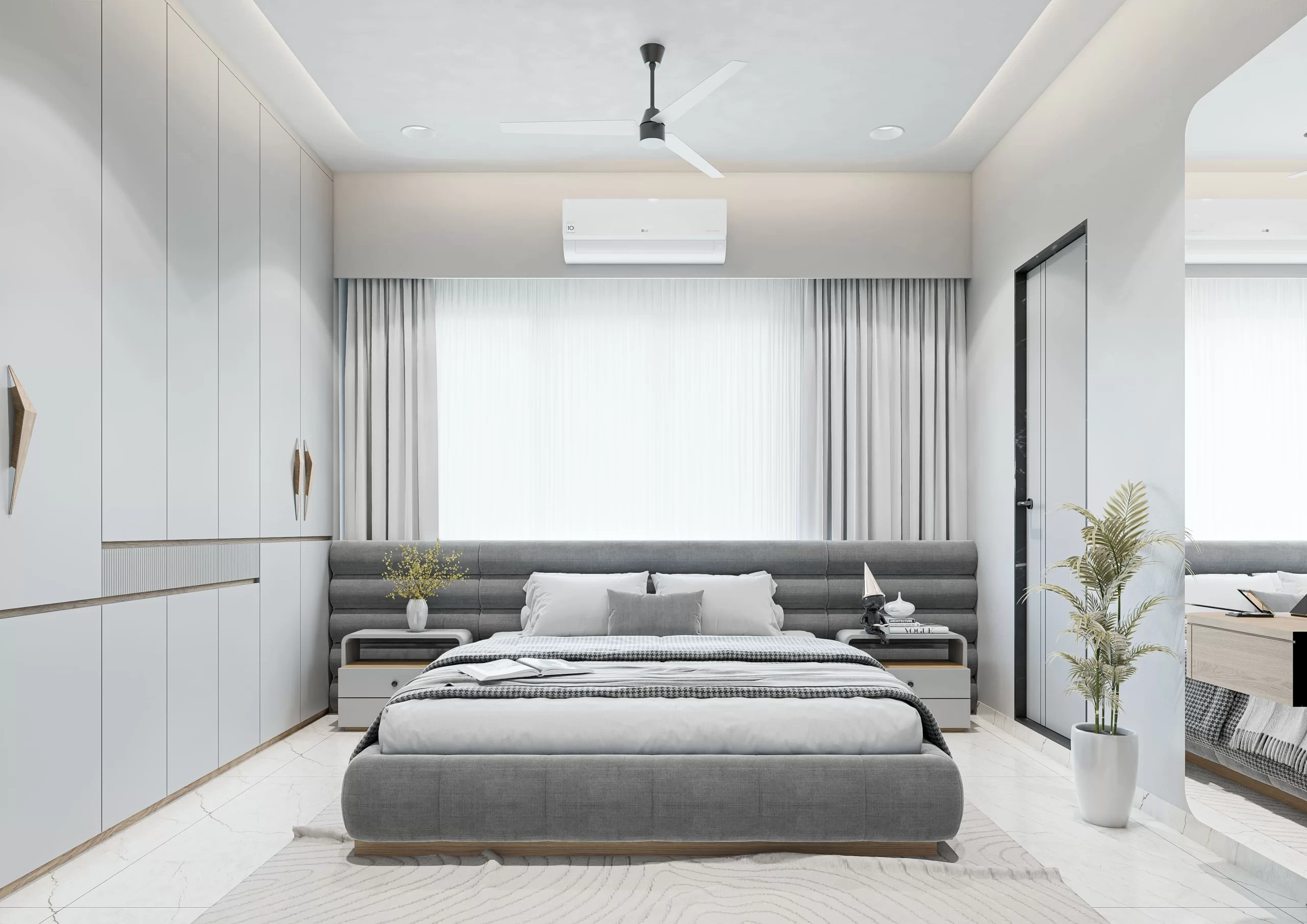
2. Harmony (Unity)
Harmony, which is about making everything in the room feel connected. Harmony happens when colors, shapes, and textures flow together instead of fighting each other. For example, a room with soft neutral colors and warm wooden textures feels calm because all the elements blend smoothly. Even if items are different, they should share something in common, like tone, shape, or style. Harmony completes and warms a space in an unprecedented way, unlike the presence of scattered unfinishedness.
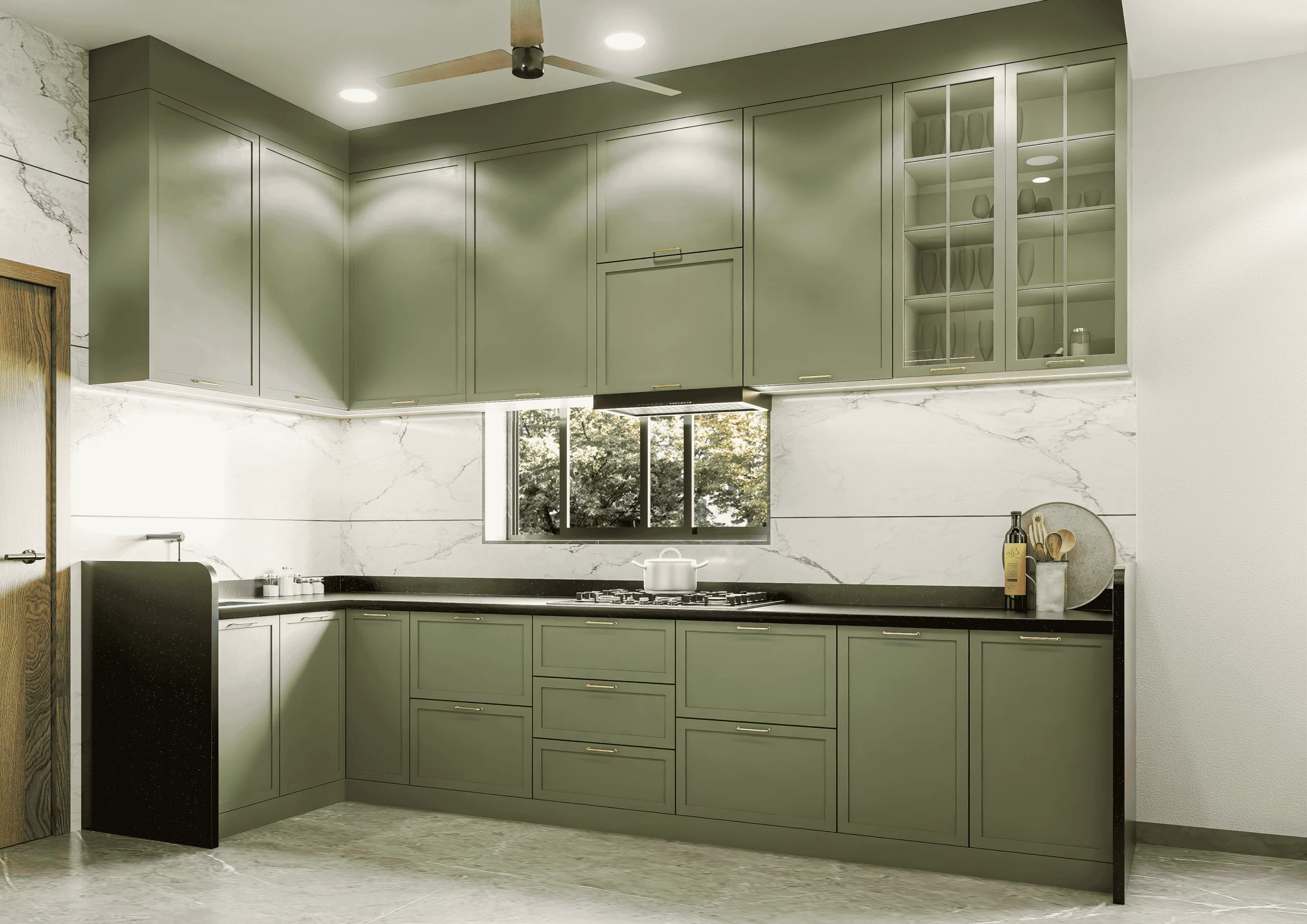
3. Scale and Proportion
The third principle is scale and proportion. Scale is the actual size of an object, while proportion is about how that size compares with the other objects in the room. A huge bed placed in a very small bedroom will make the room feel crowded, just as a very tiny table in a large living room will feel lost. When objects are in the right proportion, the room looks natural and comfortable. Choosing furniture and decorations with the right size for the space is one of the easiest ways to make a room feel balanced.
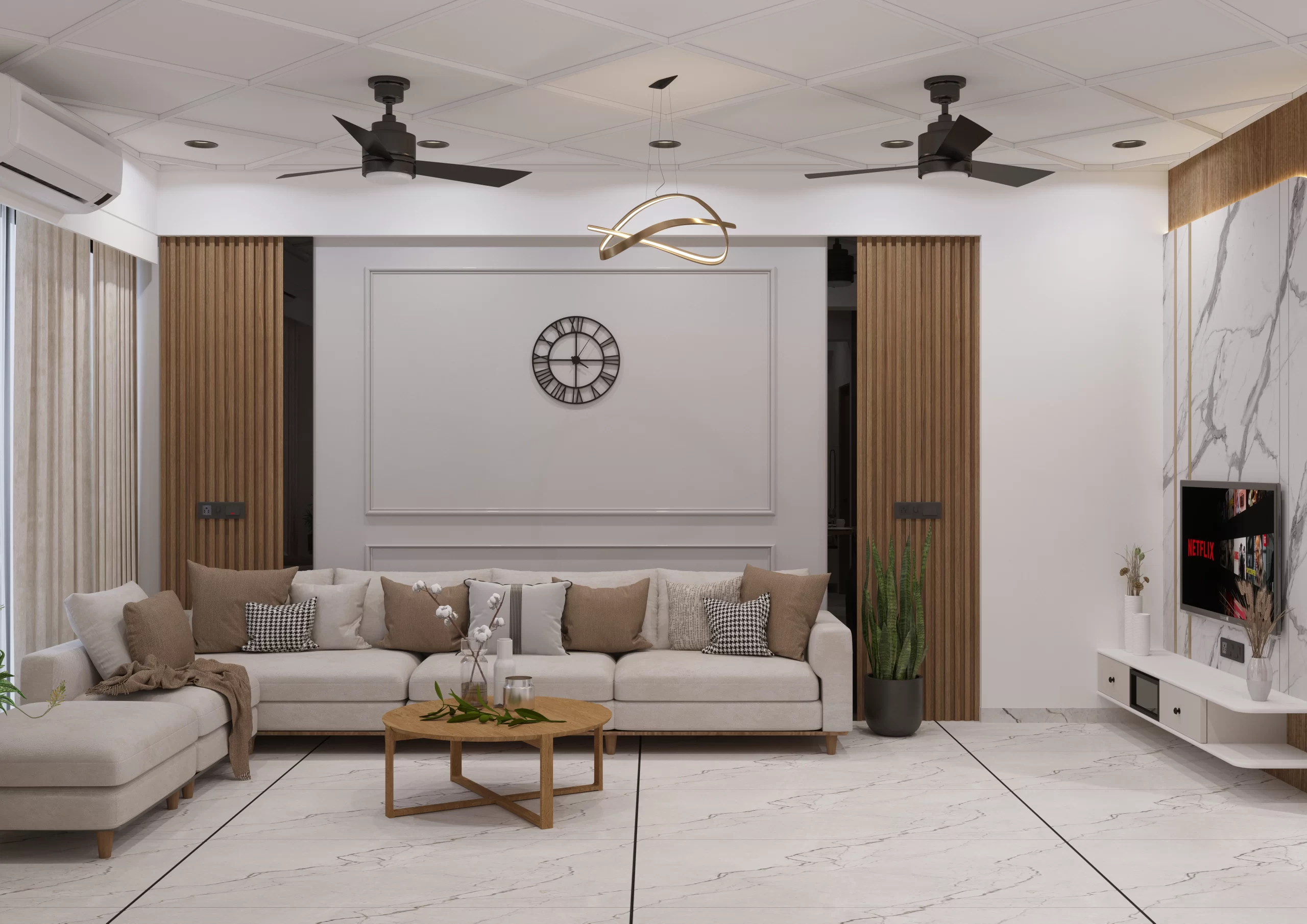
4. Emphasis (Focal Point)
Emphasis, also known as creating a focal point. Every room benefits from having one feature that draws attention first. This could be a piece of art, a bold wall color, a large window with natural light, or even a piece of furniture that stands out. The purpose of emphasis is to give the eye a clear starting point before moving around the rest of the room. Otherwise, a space may look flat or uninteresting. A strong focal point gives character to the room and makes it more memorable.
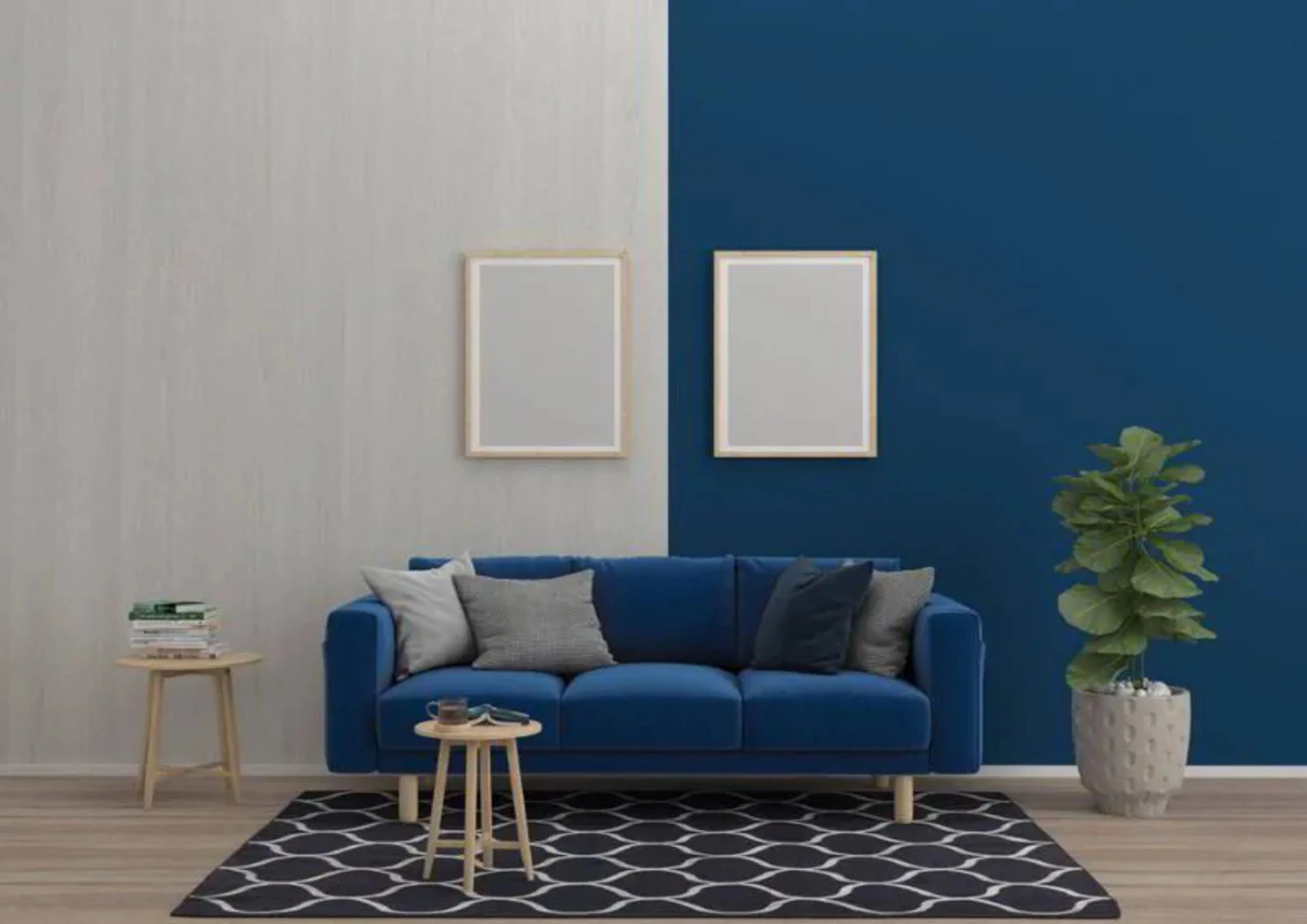
5. Contrast
Contrast adds energy and makes a room exciting to look at. It is developed through contrasting, i.e., using light and dark colors, smooth and rough expressions, curved and straight line shapes. For example, a white sofa against a dark wall immediately catches attention because of the strong difference between the two. Contrast stops a room from looking dull and instead makes each part of the design more noticeable and interesting.
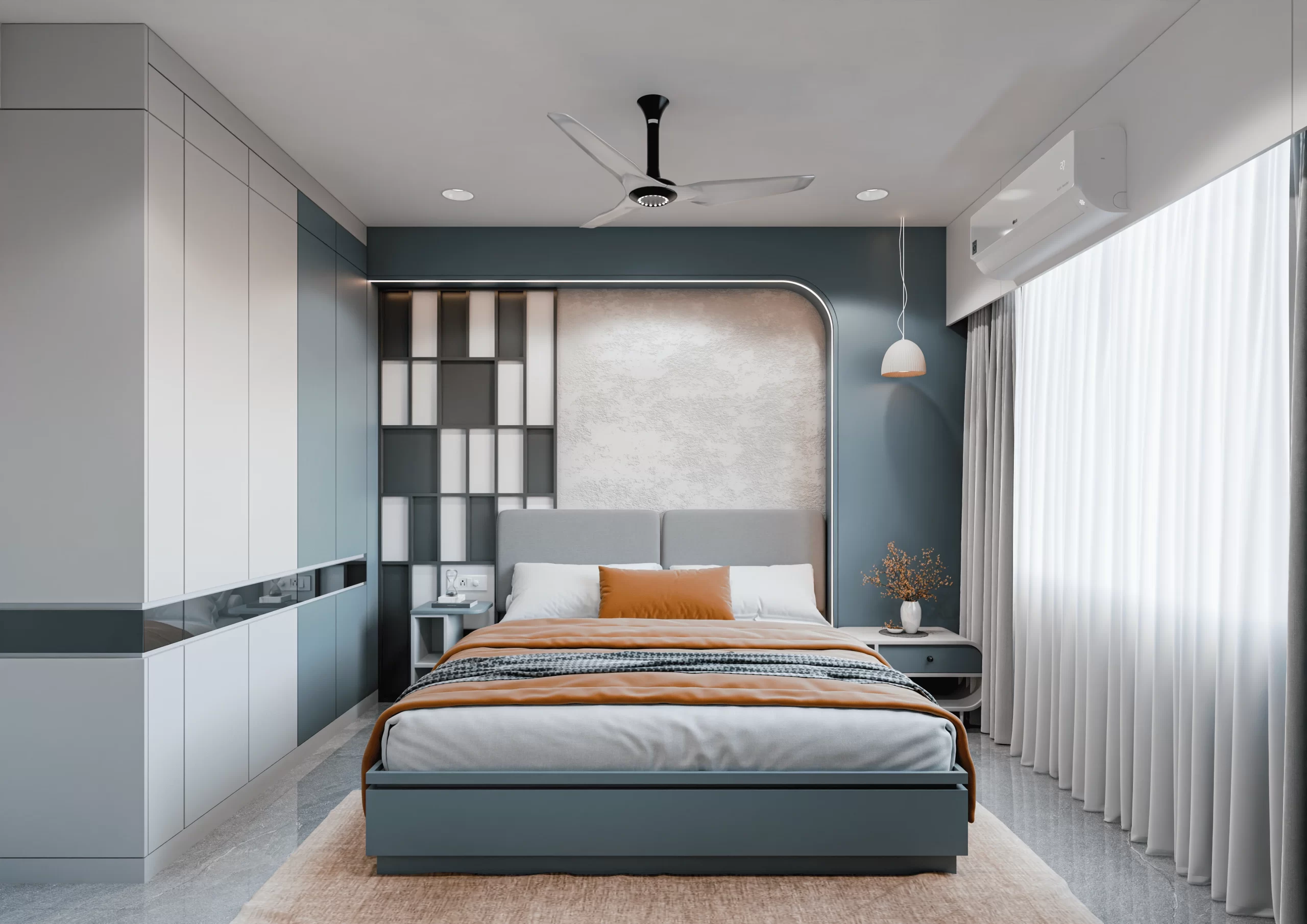
6. Rhythm
Rhythm design works like music. Repetition helps in visual appeal. It is creating musical patterns and creating visual patterns is compulsory for interior designing. It makes a cohesive space and gives a seamless moment around the room. This occurs through repetition of shapes, patterns, texture, and colors, so at least they appear in more than one location. For example, a cushion colour may also be present in the curtains and painting, making a seamless transition between one aspect of the room to another.
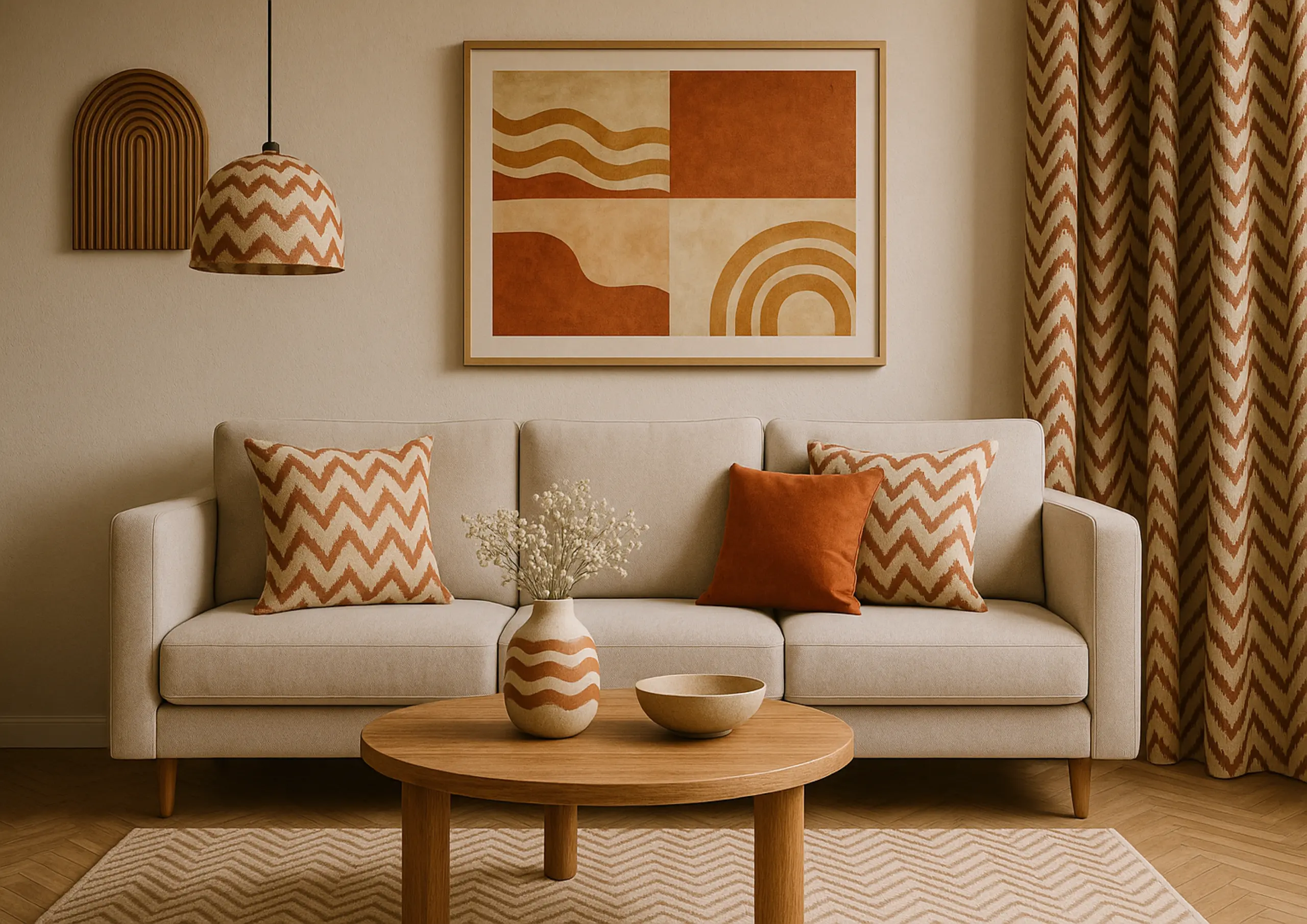
7. Details
Details may seem small, but they complete the design and make it truly special. These include the finishes on furniture, the choice of fabrics, the stitching on cushions, or even the style of light switches and door handles. Details matter, and attention to these details demonstrates one’s sense of care and a more finished design. Without details, a room might look unfinished, but with them, the space feels thoughtful and full of personality.
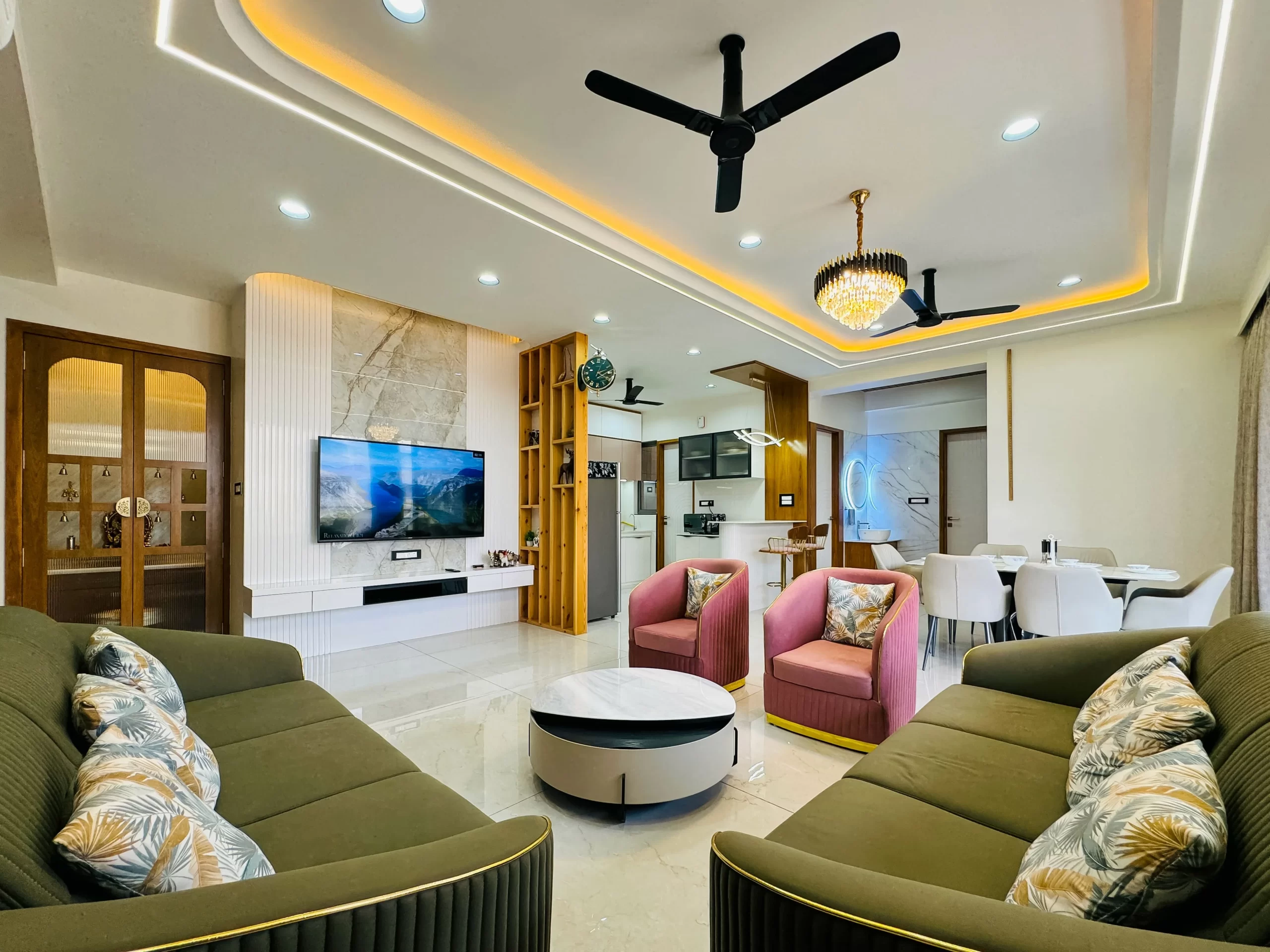
Conclusion
In the end, interior design is not about decoration— it is about improving the interior. A good design room makes people feel good, helps them relax. By following the seven golden rules, anyone can create spaces that are timeless, comfortable, and fun.
These rules are not about limiting creativity; instead, they help you use creativity in the right way. With balance, harmony, proportion, emphasis, contrast, rhythm, and details, an interior design company can transform every space into a place that tells a story and feels truly special. That is the real magic of interior design.



